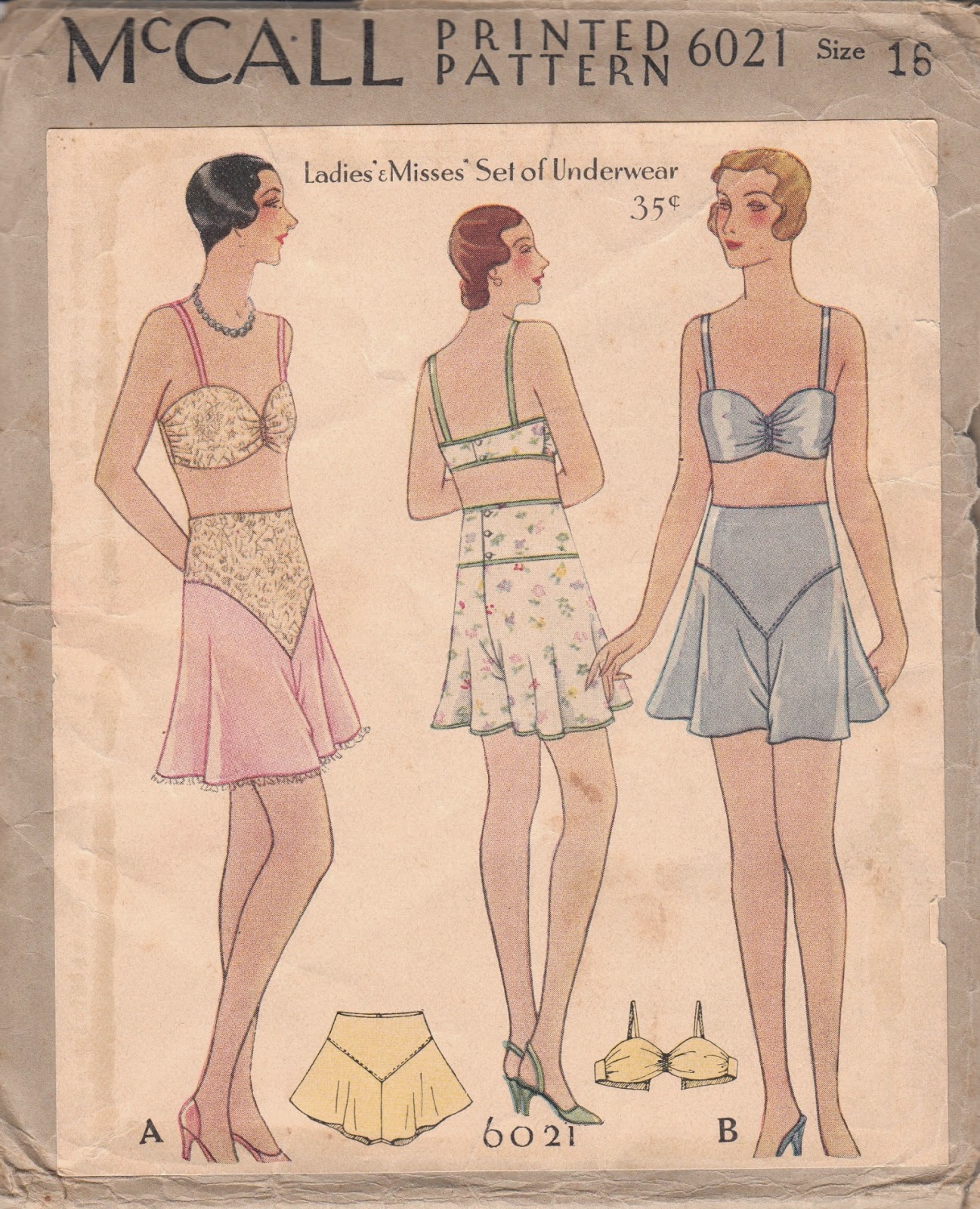1520s Florentine Gown | 16th Century Kirtle Remade
- Bodice was too long
- Bodice point was anachronistic for the simple styling
- Skirt was cut as two selvedge-to-selvedge panels so was unwieldy and bulky at the waist
- Skirt was faced with a scratchy nylon wool blend fabric and decorated with a wimpy velvet ribbon
 |
| My original kirtle, worn a few times to Renaissance Faires |
The first area to tackle was the skirt. I unpicked it from the bodice, removed the velvet trim and hem facing, and separated the skirt panels. I cut a new back panel, with two large triangular gores, and cut two smaller triangular gores from the front panel (loosely following the cutting layout of Eleanor of Toledo's burial gown). I also cut a matching lining out of red cotton broadcloth (satisfyingly, I had just enough fabric) as I saw a hint of contrast lining in some paintings.
.jpg) |
| Which cutting layout did I use? I have no clue... |
 |
| The new cotton skirt lining |
You'll find that cutting gored skirts in this manner (with right angle gores) creates areas at the hem where the gores don't match -- this is perfectly fine and expected. At this stage, round out the hem here for a graceful curve at the side seams.
I'm so glad I went for the skirt lining, because the finished skirt hung so much better as a result. It truly made all the difference, and I used up a cotton fabric I otherwise had no purpose for. Sure, linen would've been more appropriate as a lining, but at the end of the day I'm doing fancy dress up with friends so can't take all the details too seriously. 😅
The skirt and skirt lining were joined together at the hem, along the skirt openings at the side seams, and along the upper edge.
Next up to tackle was the bodice. I marked where the new waistline should be -- a full inch higher than the original, and I probably could've gone a smidge higher still. I wanted to add contrast black trim to the bodice, so I applied that next: 5/8 inch wide black grosgrain ribbon along the neckline, and 3/8 inch black grosgrain ribbon below that. I added some addition trim on the back of the bodice.
Almost done... I then repleated the skirt, with knife pleats all around and an inverted box pleat at the center back. The pleats were whip stitched to the bottom edge of the bodice (the same way you'd attach cartridge pleats) so the whole skirt kind of "hinges" at the waist.
The sleeves are bright blue polyester satin on the outside, cream polyester satin on the inside, and the sleeve seam is edged in metallic gold thread. They tie onto the bodice via little metal rings my husband used for a chainmail project.






















.JPG)


